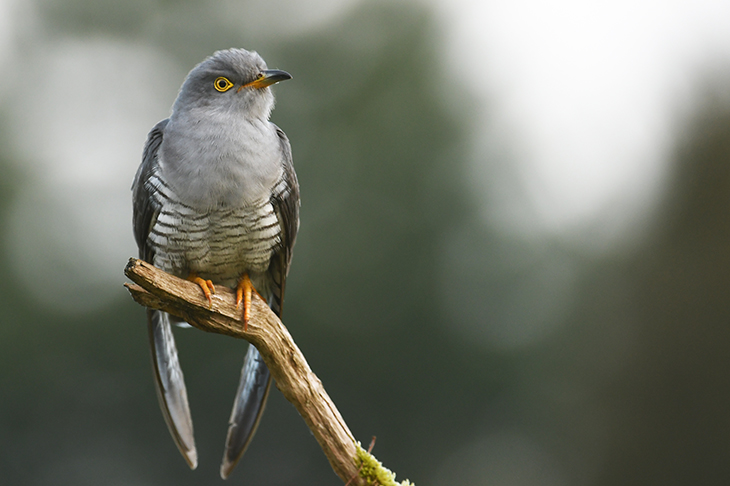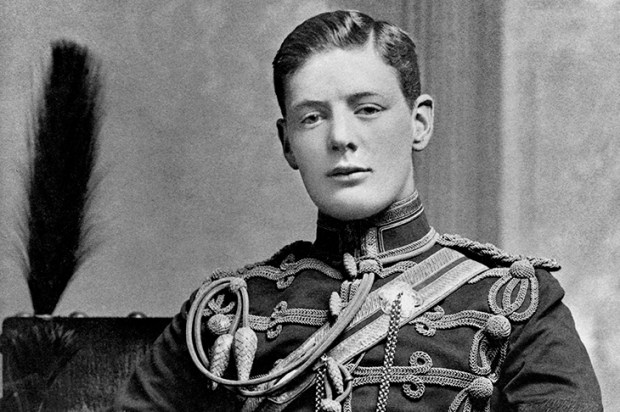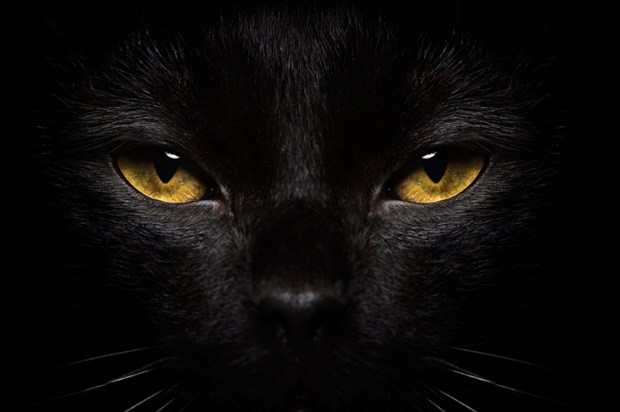This is the time of year when the English countryside reaches peak incredible: when we rural folk mentally pinch ourselves in disbelief at our extraordinary good fortune in inhabiting the most beautiful landscape on earth.
On every walk you see something to delight the eye and lift the spirits. First the blackthorn exploding in the hedgerows like cascading white fireworks; then the ramsons pushing their lance-shaped leaves through the floor of the dingle, pleading with you to turn them into wild garlic pesto; then the lambs — so wobbly, white and cute when newborn — which turn surprisingly quickly into boisterous adolescents gambolling and head-butting and racing one another in circles; then the bluebells, a strange and precious wonder because where else anywhere in nature do you encounter that amazing anomalous blue in such profligate quantities?
I was thinking about this at the weekend as the Fawn, the hound and I wandered through our bluebell wood, me trying and failing to capture the magnificence on my iPhone camera, which you never can, unfortunately, not least because you don’t get that honeyed scent or the murmuring of innumerable bees. ‘If you saw this in a “Wildflowers of the World” book you’d happily travel ten thousand miles to see it, wouldn’t you?’ I said. ‘Yet here it is right on our doorstep.’
But another thing you notice amid all this rising sap, fecundity and joy is how much savagery and death there is lurking underneath.
Quite often I’ll find one of those lambs with its eyes pecked out by crows, or torn into pieces by a fox; or the dog will murder a cute baby bunny — or on one occasion a baby badger — pitiably squealing in terror; or I’ll accidentally mow down one of the cock pheasants which strut stupidly around the lanes as they suicidally court the females hovering near the verge.
It never stops being upsetting — ‘Poor phezzy. So sorry about that coitus interruptus!’ — but you do get acclimatised to it. Nature, you appreciate once you’ve lived close enough to it for long enough, really is red in tooth and claw; and the horror is often inseparable from the beauty.
Take the cuckoo, whose most recognisable of all songs traditionally we first hear on St Tiburtius’ Day — 14 April — and which fills us with joy because it means spring has sprung. But do children still get taught what a complete bastard the creature is: the ruthless parasite responsible for giving us the insult ‘cuckold’ and the pejorative ‘cuckoo in the nest’?
First, the female lays her egg in the nest of a species with similar-looking eggs — a meadow pipit, a dunnock or a reed warbler. Then, after the host mother has done all the hard work, keeping her brood parasite’s egg nice and warm, the fledgling cuckoo rewards her by hatching earlier, growing faster and chucking all its nest mates to their deaths. Job done, and far fatter than it would have been if its hapless surrogate mum hadn’t had her kids massacred, the cuckoo flies off on its amazing migration all the way to southern Africa.
Let me tell you where I didn’t get this information: the RSPB website. The Royal Society for the Prevention of Birds (as it ought to be called, what with its unhealthily cosy relationship with the wind industry), has fallen into the hands of green ideologues. The first thing these miserable doomsters want to tell you about the cuckoo isn’t what an endearingly devious tosser of a parasite it is, but where it stands on the endangered list (red), and the fact that it’s ‘protected by the Wildlife and Countryside Act 1981’. Sure, a bit further down, you get a cursory summary of its appearance and behaviour, plus another mention of its ‘recent population decline’. But it’s hardly the kind of write-up calculated to set the burgeoning young naturalist on a lifetime’s journey of discovery. Rather it makes you want to slit your wrists.
And maybe that’s the intention. Scratch any greenie and what you’ll invariably find underneath is just another whiny, misanthropic, anti-capitalist Malthusian who sees the natural world less as a source of joy and wonder than as an excuse to remind humans what a terrible, destructive blight on the planet we all are.
This completely distorts their understanding of environmental issues. On the one hand, it causes them to sentimentalise the natural world as some kind of prelapsarian idyll which would flourish in perfect balance were it not for man’s malign intervention; on the other, it causes them to ignore the fact that man too is very much a part of the ecosystem and that his role within it is often at least as beneficial as it is detrimental.
Managed landscapes often do far better than those that are left to run wild. Studies have shown, for example, that there is greater biodiversity on estates patrolled by gamekeepers than on reserves run by the RSPB. Why? Well, it ought to be obvious. When you’ve got unsentimental humans going round bumping off the predators — be they crows or rats or whatever — your more vulnerable species are going to stand a much better chance than they would under a regime of greenies operating their squeamish ‘live and let live’ policy.
Not so long ago, everyone understood this — including children back in the days when biology classes had more to do with lazy afternoons looking for gall wasps and counting earthworms than they did with brainwashing about ‘global warming’. Now, outside the country, almost no one does.
Got something to add? Join the discussion and comment below.
Get 10 issues for just $10
Subscribe to The Spectator Australia today for the next 10 magazine issues, plus full online access, for just $10.
You might disagree with half of it, but you’ll enjoy reading all of it. Try your first month for free, then just $2 a week for the remainder of your first year.















Comments
Don't miss out
Join the conversation with other Spectator Australia readers. Subscribe to leave a comment.
SUBSCRIBEAlready a subscriber? Log in